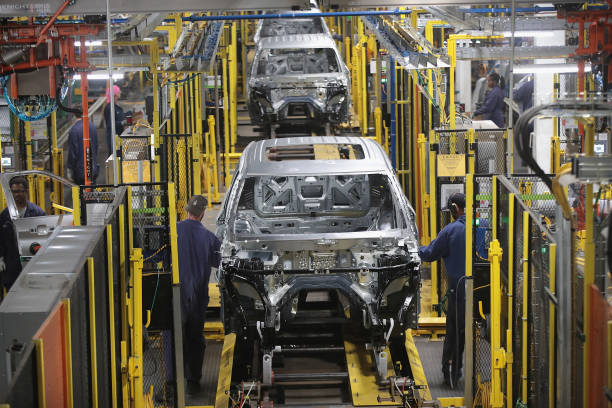XRP Is Set To Move Trillions — Banking CEO Drops Bombshell On Ripple’s Role In Tokenizing Finance

The Central banks, institutions, and payment corridors are experimenting with something deeper than crypto hype. From cross-border settlements to real-world assets, Ripple is building blockchain infrastructure. If recent comments from top banking executives are any indication, XRP may move trillions in value.
The Settlement Layer No One Saw Coming
According to KingXRP, the XRP Ledger (XRPL) is on the brink of a groundbreaking transformation that could unlock a staggering $196 trillion market through the emergence of RealFi and real-world finance powered by blockchain technology. His post includes a recent interview with Teucrium CEO Sal Gilbertie, where he made a bold declaration that XRP and Ripple will move trillions and tokenize the entire financial system.
As mentioned in the video, XRP is often misunderstood. It can be traded and speculated on like any other asset, but its true purpose goes much deeper. Ripple is the company behind XRP, and it was originally founded to facilitate fast, efficient money transfers across borders. Apparently, XRP is now evolving far beyond simple transactions. It’s becoming a foundational tool for tokenizing a wide range of assets and enabling the movement of value in new and innovative ways.
As Ripple continues to advance its level 2 infrastructure, it’s becoming increasingly clear that they are positioning to tokenize the entire financial system. They have acquired a broker-dealer clearing member, which is a strategic move that brings them one step closer to integrating deeply with the traditional financial markets.
This move marks what Gilbertie believes is the first step toward integrating traditional finance with DeFi. The acquisition of a broker-dealer isn’t just a technicality, but it’s the kind of infrastructure move that would rewire the system in the future.
XRP Moves Into Institutional Payment Rails
CryptoGeek has also shared an update on X about Ripple Chief Technology Officer (CTO), David Schwartz, stating that banks are now integrating XRP. Meanwhile, Ripple Bank will operate entirely on the XRP Ledger, settling all payments with XRP as its core asset.
Schwartz emphasized in the video that closing a deal with a bank always feels exciting, and it looks great on paper, which signals validation. However, behind the scenes, it’s a different story, and banks are extremely slow to move, cautious, conservative, and are bound by layers of internal processes.
Furthermore, Schwartz stated that the team focused a lot on banks, because landing a press release with a major institution looked like progress. It felt like a milestone, and over time, the firm realized most of them were only in it for the optics.




.jpg)
